
AeroGenie — 您的智能副驾驶。
热门趋势
Categories
AFI KLM E&M Appoints New Senior Vice President for Component Products
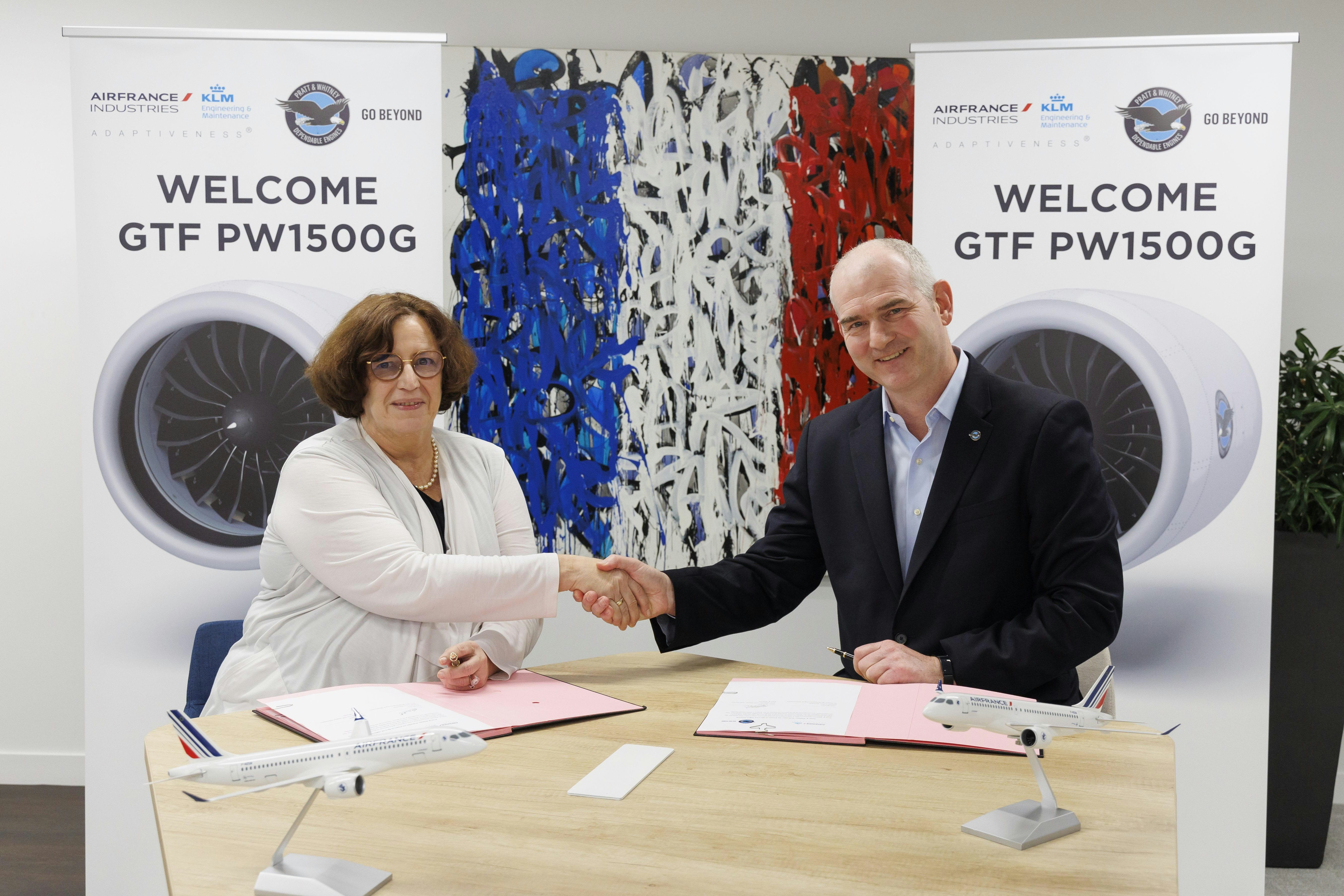
AFI KLM E&M Appoints Peter van Helden as Senior Vice President for Component Products
Air France Industries KLM Engineering & Maintenance (AFI KLM E&M) has named Peter van Helden as Senior Vice President for Component Products, a strategic appointment amid ongoing challenges in the aviation sector. Van Helden assumes this role at a time when the company continues to navigate post-Covid supply-chain disruptions and uncertainty surrounding the timeline for normalization. His leadership is anticipated to be crucial as AFI KLM E&M adapts its component services portfolio to meet evolving market demands.
Extensive Industry Experience and Strategic Vision
Peter van Helden brings decades of experience within the aviation industry, combining technical expertise with commercial acumen. His background includes significant roles in original equipment manufacturer (OEM) relations, strategic partnerships, engineering, sales, and program management at internationally recognized organizations. Known for his strategic vision and ability to drive operational excellence, van Helden is regarded as a valuable asset in AFI KLM E&M’s efforts to reinforce its global standing and create long-term value.
Strategic Initiatives Amid Supply-Chain Pressures
Van Helden’s appointment coincides with AFI KLM E&M’s ongoing negotiations with AerCap to form a joint venture focused on CFM International Leap engines. This proposed partnership aims to provide spare assets to customers during engine maintenance, thereby enhancing service reliability in the face of persistent supply-chain constraints. Industry analysts suggest that such strategic collaborations may prompt similar moves by competitors as maintenance, repair, and overhaul (MRO) providers seek to secure supply chain continuity and broaden their service offerings.
Van Helden succeeds Bruno Tricoire, who has transitioned to the position of Senior Vice President of Engines at Air France Industries. Anne Brachet, Executive Vice President of Air France-KLM Engineering & Maintenance, expressed strong support for the new appointment, highlighting van Helden’s deep industry knowledge, extensive OEM relationships, and proven track record. She emphasized confidence that under his leadership, the Component Product division will continue to evolve and deliver exceptional value to customers worldwide.
Van Helden’s expertise in leading cross-functional teams, managing complex regulatory environments, and delivering customer-centric solutions is expected to be instrumental as AFI KLM E&M responds to industry shifts and positions itself for future growth.
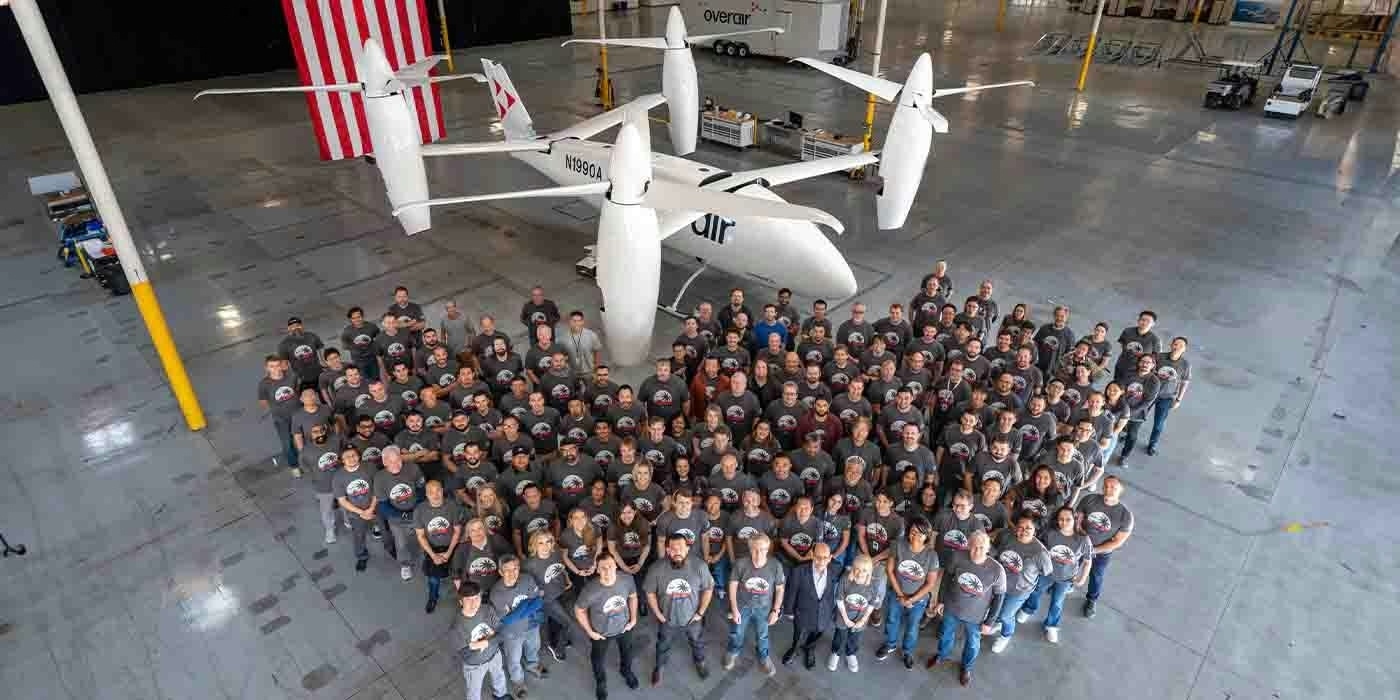
Unique mixed-propulsion eVTOL completes transition flight testing
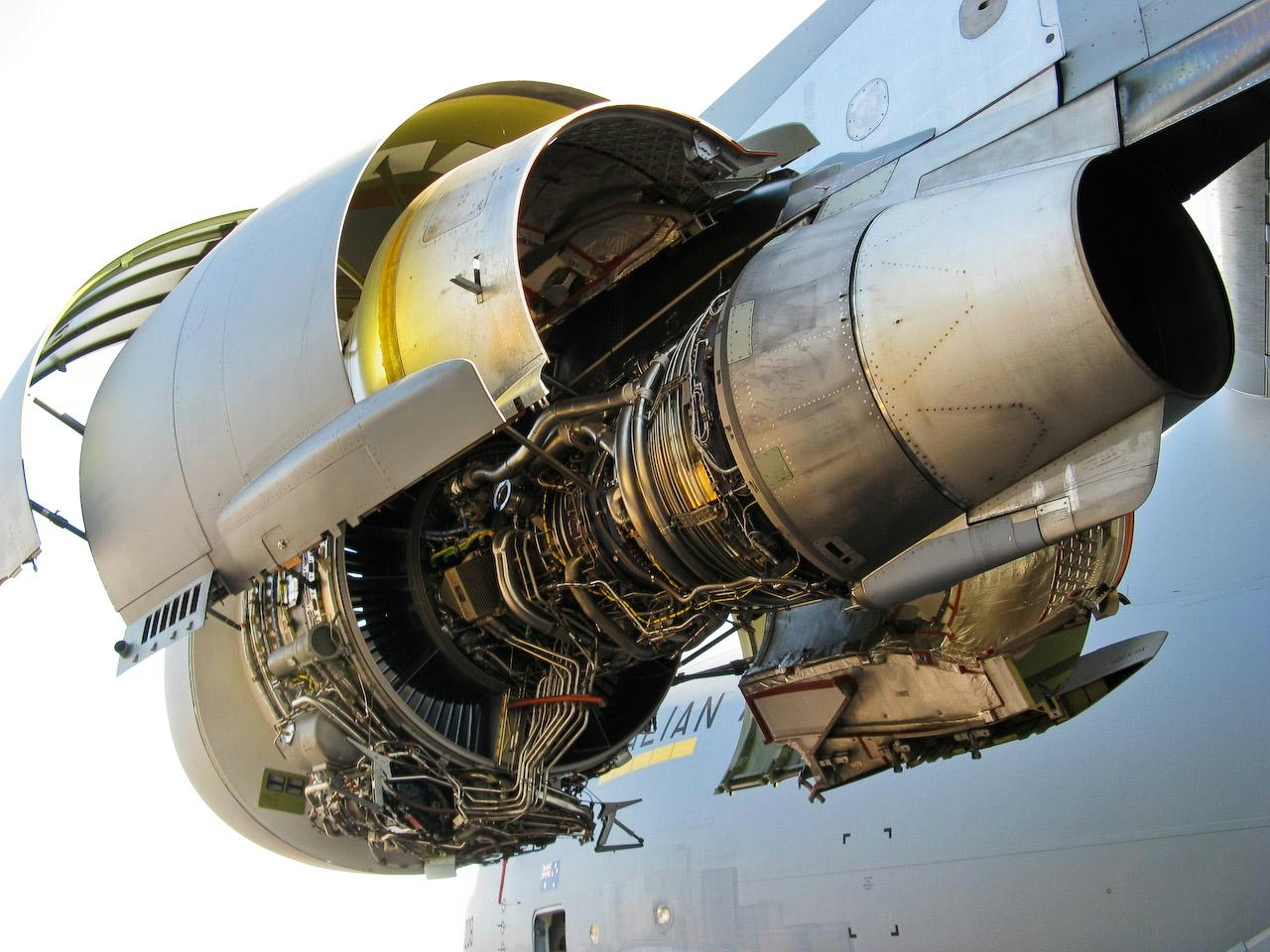
Are C-17 Globemaster Engines Derived from Boeing 757?
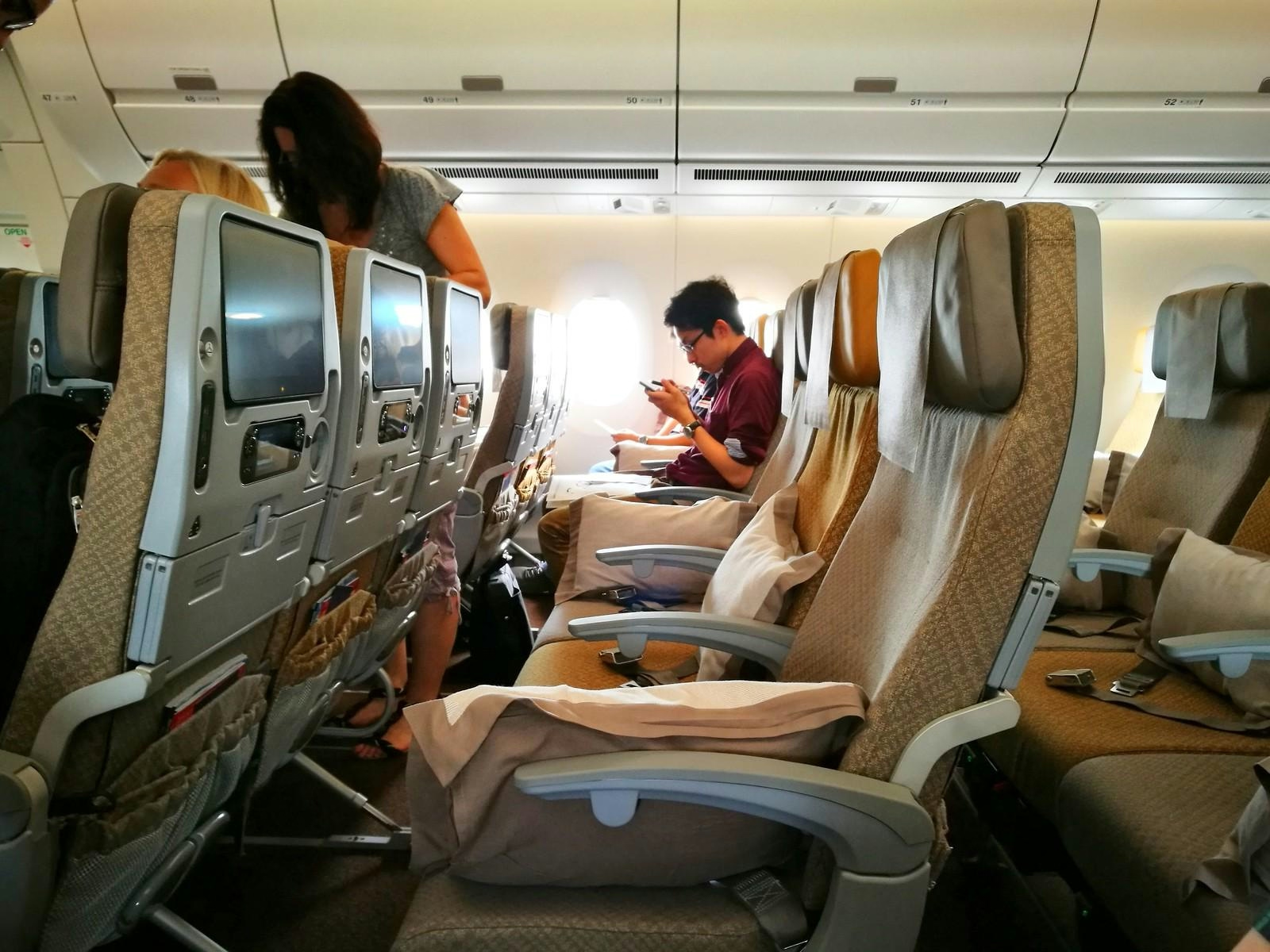
Why the Airbus A350’s Cabin Is Quieter Than Other Aircraft
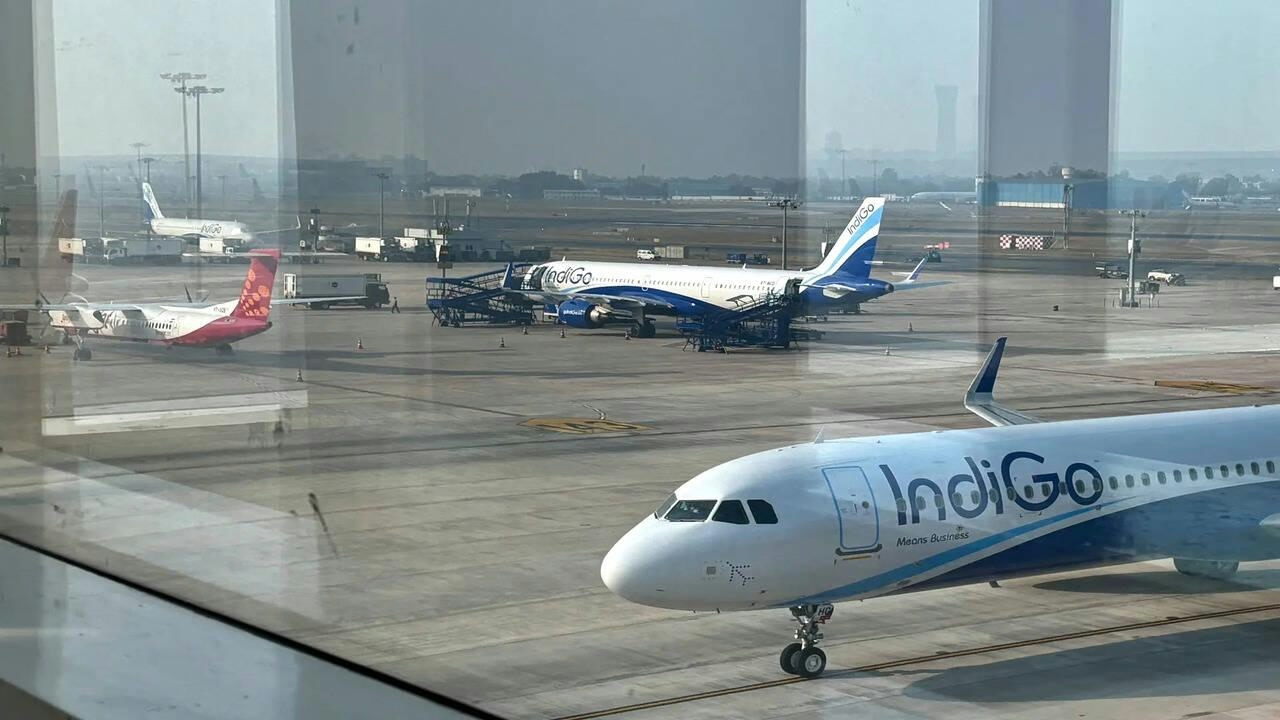
AI and AI Express Plan to Increase Capacity Amid IndiGo Flight Disruptions
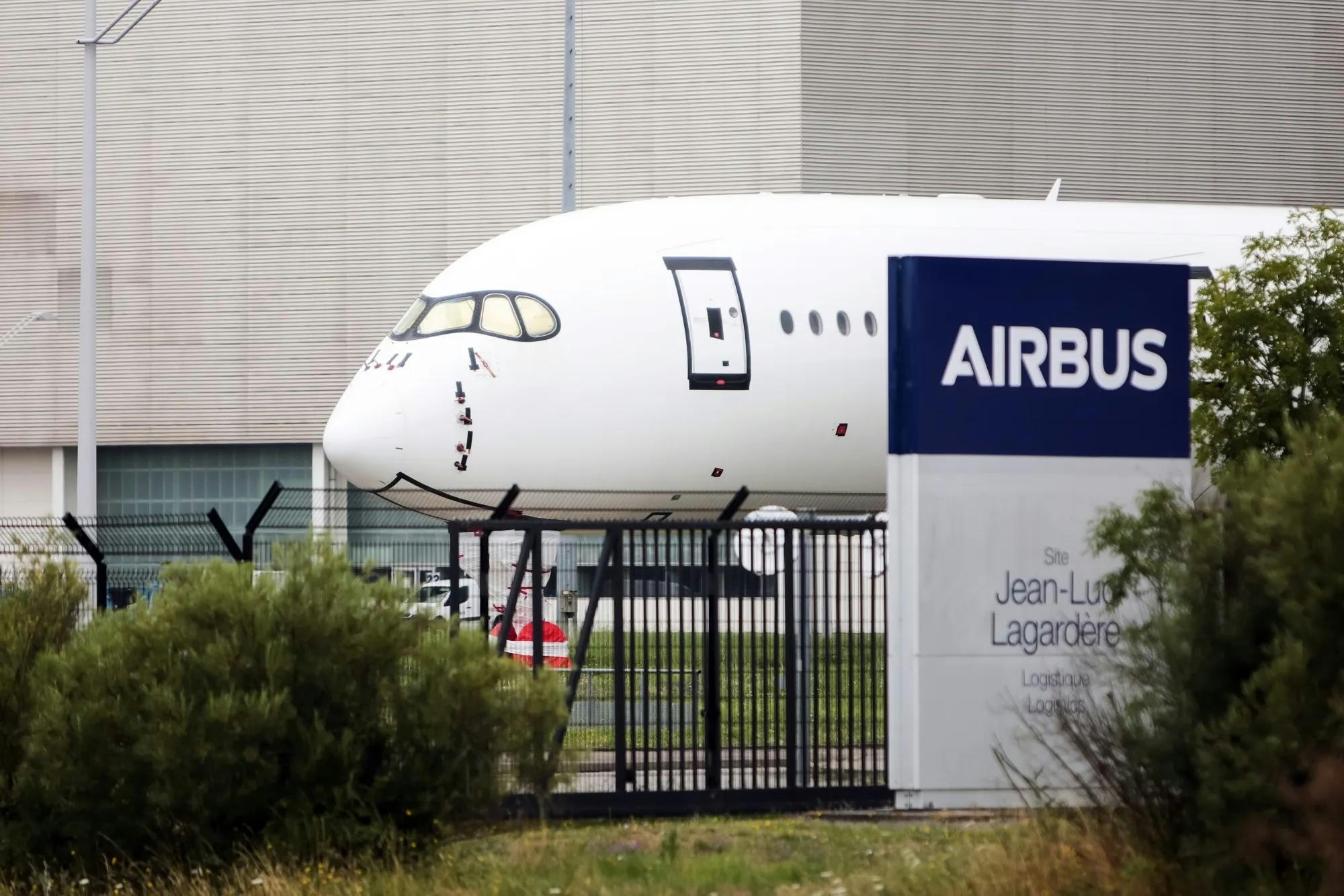
Kazakhstan and France Agree on Airbus Aircraft Deliveries
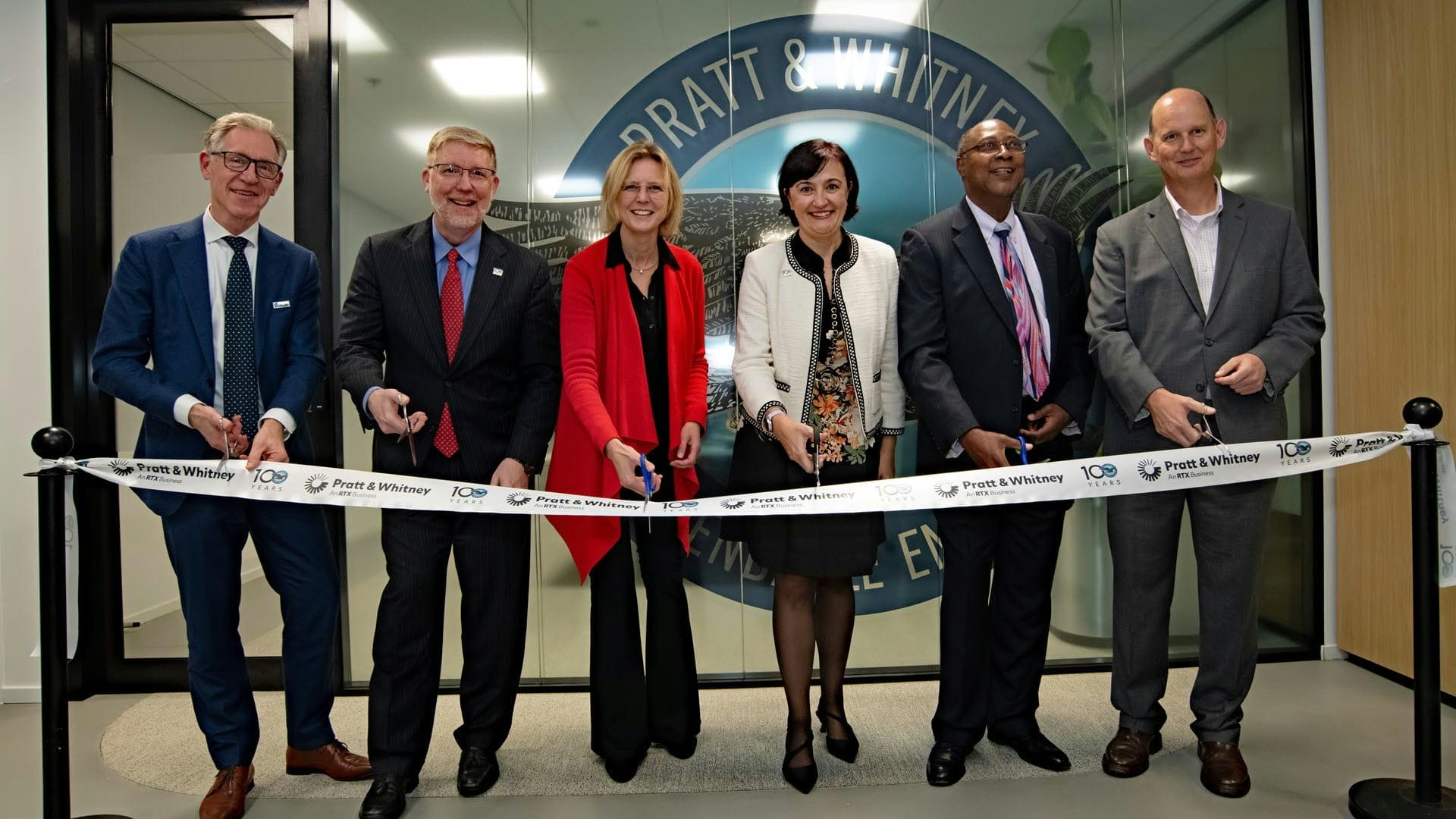
Europe’s Emerging Talent Drives Aviation Innovation
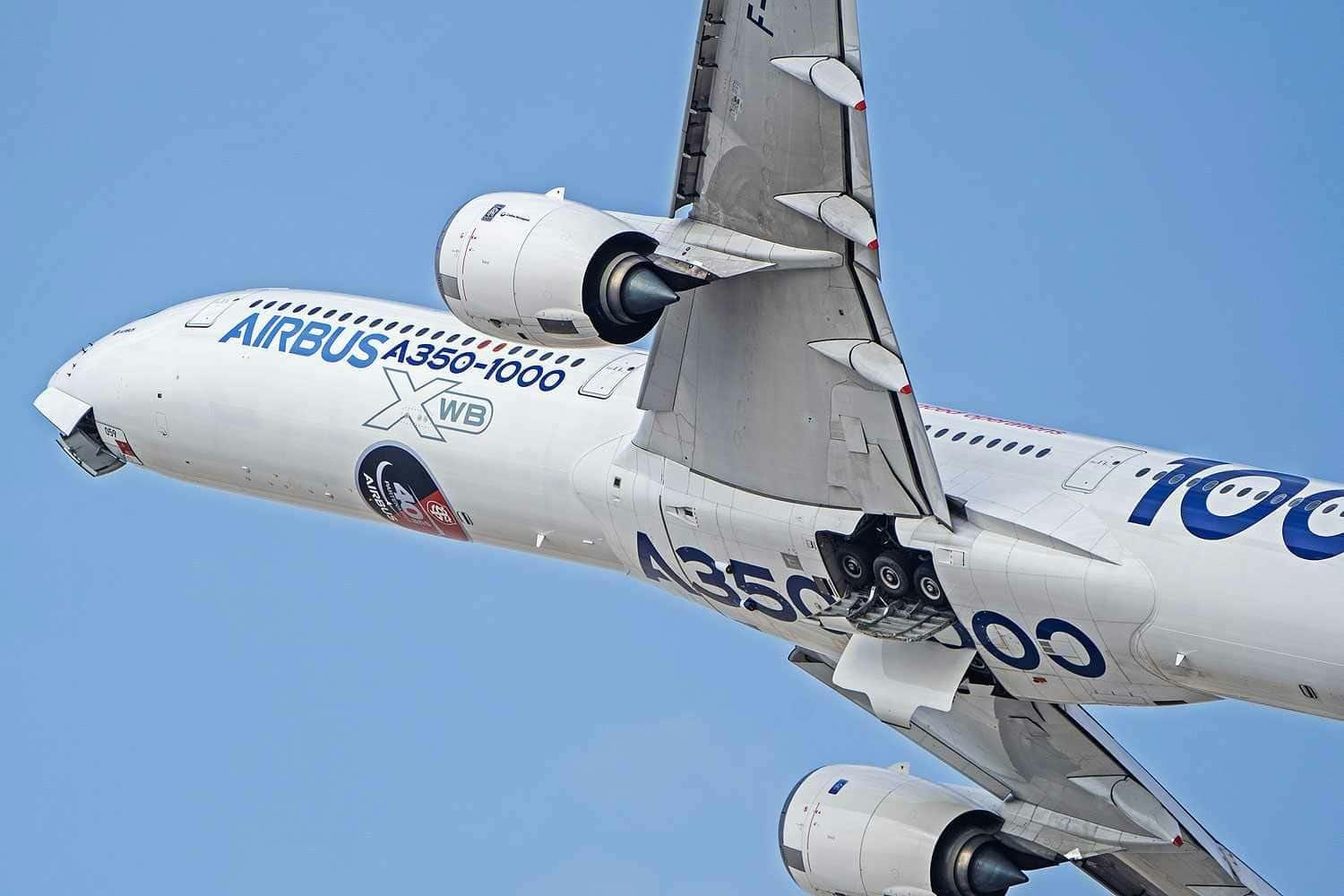
Airbus Receives New Order for A350-1000
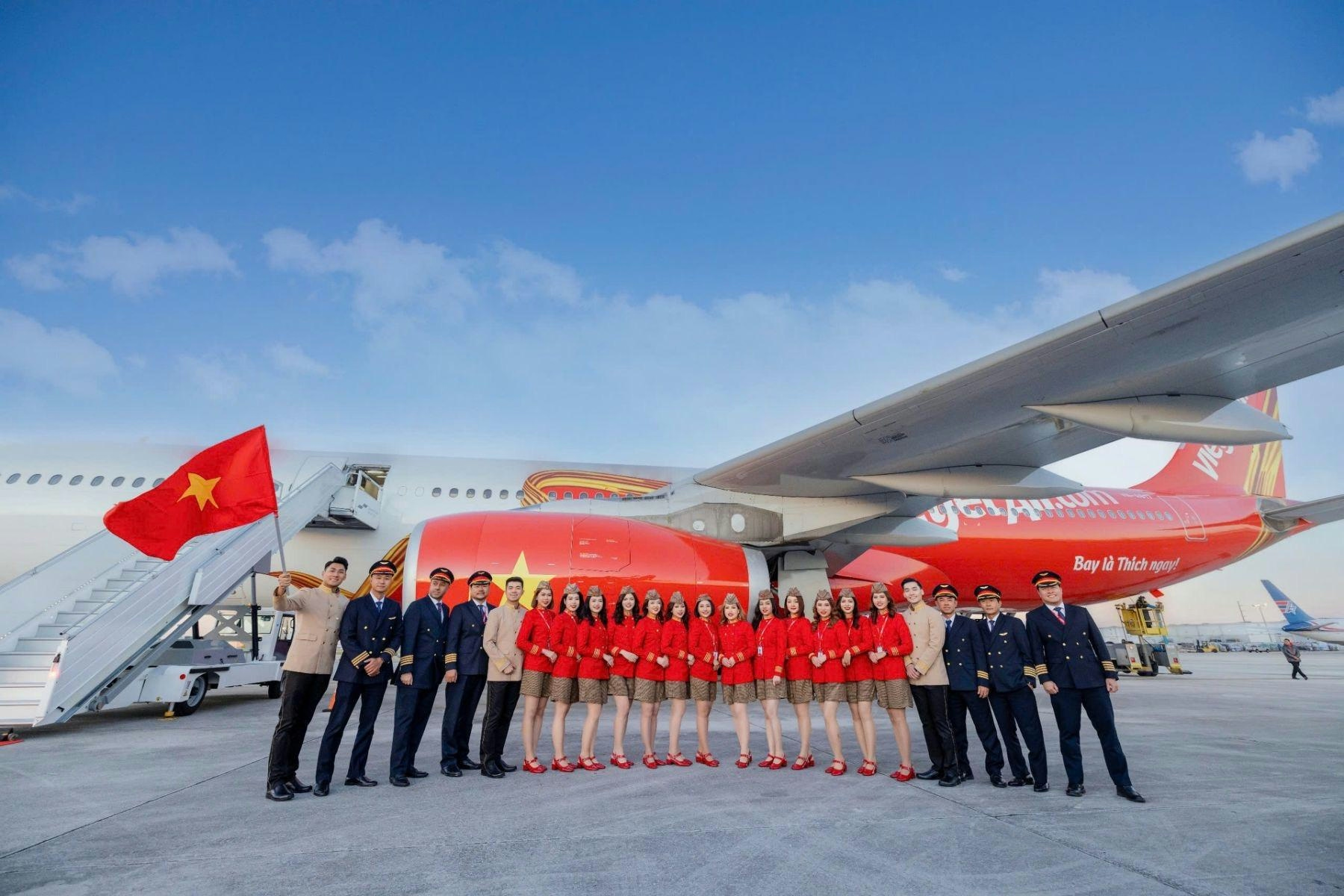
The Leading Widebody Aircraft in Service Today
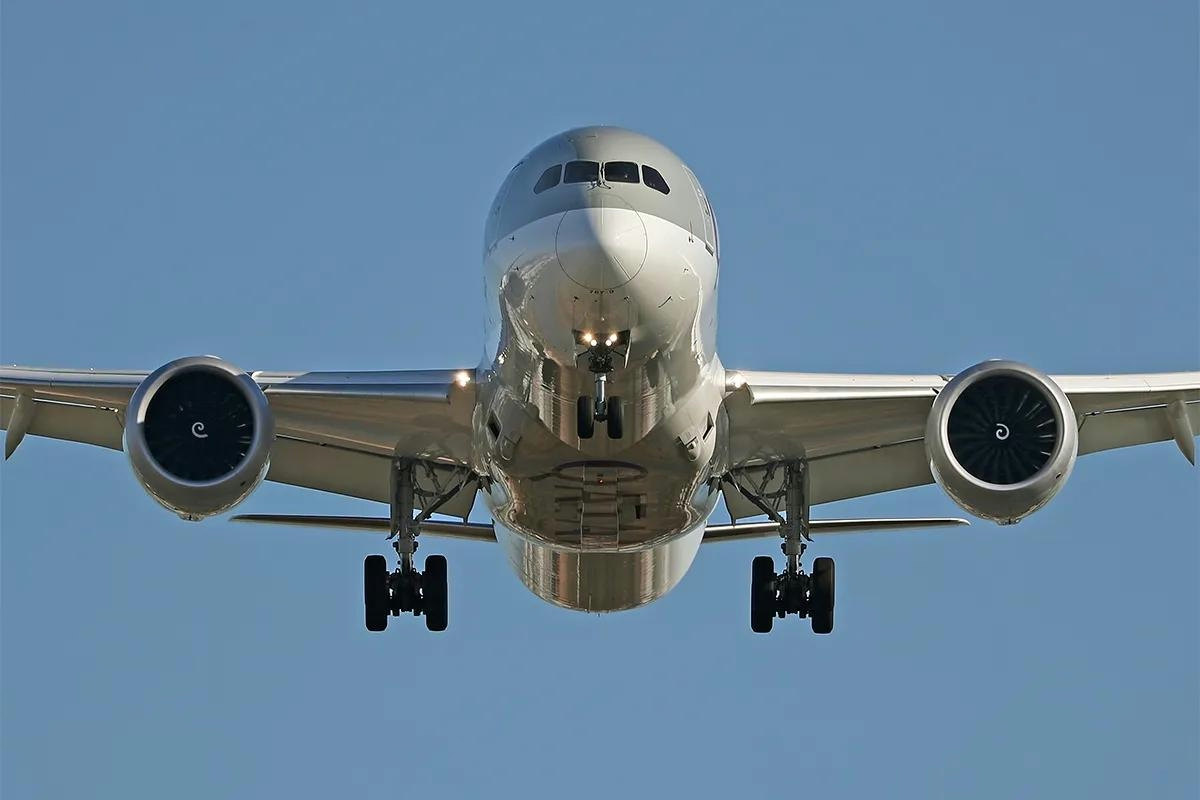
The Fastest Boeing Jet Currently in Service
